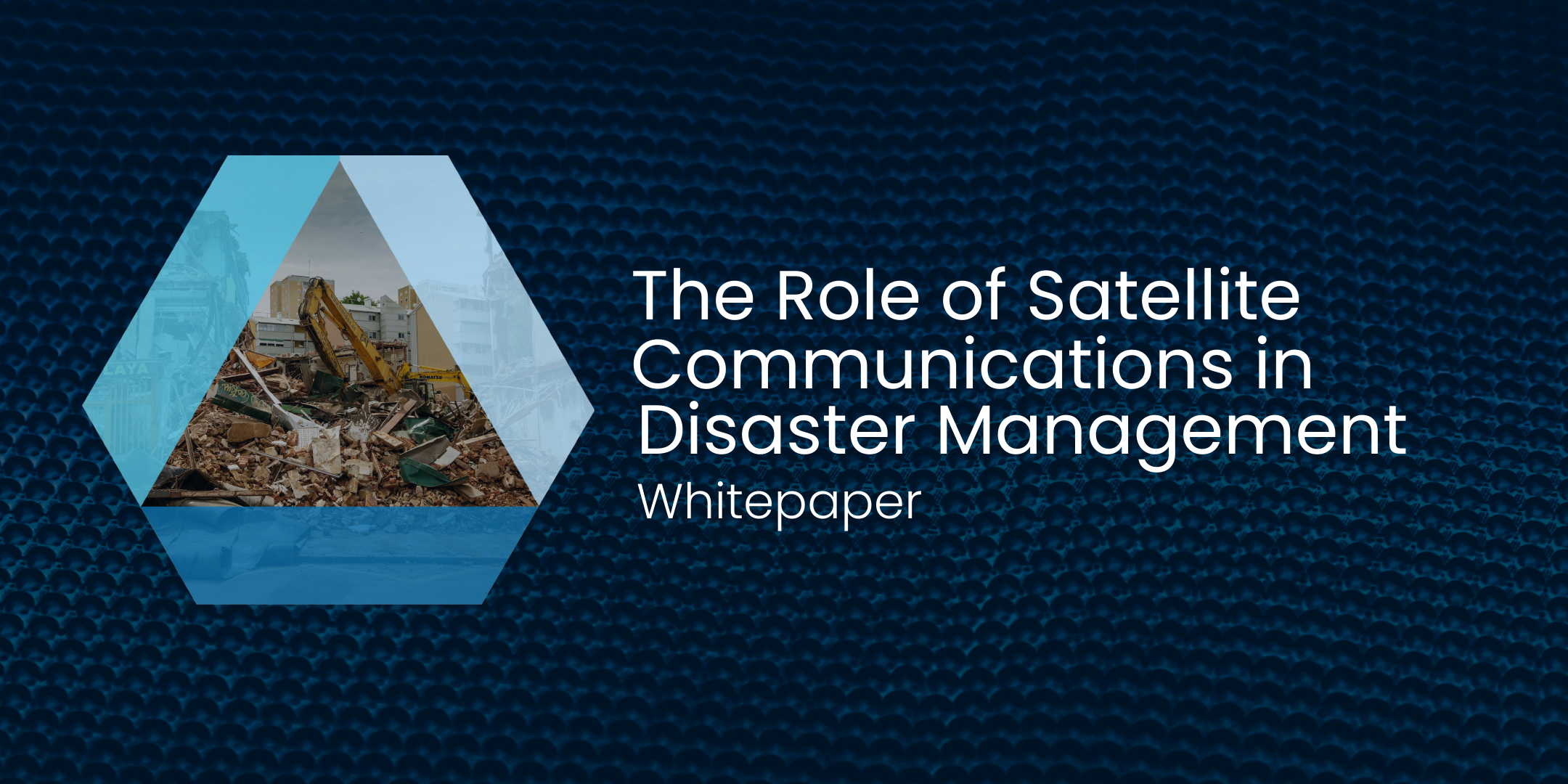This whitepaper was released under the umbrella of the Fair Tech Institute.
As natural disasters increase yearly, satellite networks will help save millions of lives.
As the Intergovernmental Panel on Climate Change (IPCC) showed in its latest report, released in August 2021, the immediate effects of global climate change are widespread, rapid, and accelerating. For cities in temperate latitudes, this means more heatwaves and shorter cold seasons. In subtropical and tropical latitudes, it means wetter rainy seasons and hotter dry seasons. Most coastal cities will be threatened by sea-level rise. Although most types of weather-related disasters are likely to become more common across all regions, global heating above 1.5C will be “catastrophic” for island nations and could lead to the loss of entire countries due to the rise of the sea-level within the century.
Providing unique data, Access Partnership’s newly published paper ‘The Role of Satellite Communications in Disaster Management‘ shows that the impact of natural disasters will be concentrated among low- and middle-income countries, which are relatively less prepared to adapt. The paper shows that natural disasters currently cost the agricultural sector of these economies more than USD 108 billion in damaged crop and livestock production. Should the level of financing in climate adaptability remain low, the United Nations Environment Programme (UNEP) estimates that climate change adaptation and natural disaster damages would cost developing countries a range of USD 280 to USD 500 billion per year by 2050, a figure four to five times higher than previous estimates.
To reduce the socioeconomic impact of climate-related disasters, governments are encouraged to increase investment in physical and social infrastructure and allow for the upscaling and acceleration of far-reaching, transformational adaptation strategies. This includes the effective use of satellite networks and next-generation satellite technology.
One of these strategies is the development of emergency telecommunication plans (NETPs) given the crucial role telecoms can play in saving lives and protecting communities when disasters strike. As shown by this study, we need a concerted effort to fix the underlying inefficiencies of our current, existing communication systems. The paper highlights that the availability of communication networks is directly related to the ability of responding quickly to emergencies. They are imperative to ensure efficient and accurate information flows during and post-disaster management. Many studies have been conducted over the past decade to understand the impact of reducing emergency response times on health and economic outcomes during natural disasters. A reduction in response times during natural disasters has a significant impact on mortality, morbidity, and property damage costs.
Considering the pressing need to ensure communications systems remain operational during inevitably difficult situations such as natural disasters, satellite services and next-generation satellite-enabled connectivity can help address the limitations faced by our present terrestrial telecommunication network. The adoption of new strategies and technological solutions – as a crucial component of disaster preparedness – would allow the less connected to communicate during emergency situations, ensuring that emergency communications are more accessible for better rescue responses.
The whitepaper sheds light on the different economic outcomes resulting from increased natural disasters occurring at a global scale. The study shows that although most types of weather-related disasters are likely to affect countries of all income groups, the economic burden in low-income countries is disproportionate. With less resources, know how, policies in place, investment on infrastructure, equipment, and training, low-income jurisdictions are particularly vulnerable to the consequences of climate change. For instance, broken down by regions, Asia Pacific is expected to incur the greatest economic damage at USD 165 billion from 2025-29, or 42% of the total.
Considering their unpreparedness to bear the financial costs and the need to protect human lives, collaborative efforts between governments and the private sector are urgently needed to maintain adequate NETPs.
The document calls for greater stakeholders’ coordination to ensure a robust, effective and harmonized communication plan and strategy to face the increasing number of natural disasters that are likely to impact our countries. The initiative focuses on requesting governments to be more innovative, allowing the introduction of effective and inclusive emergency satellite-based communications services for its adequacy during and post-disaster relief efforts.
By ensuring an enabling a regulatory environment that allows for the roll-out of new satellite-based emergency communications solutions, governments can save lives and protect communities.
Download the whitepaper from the button below and in the sidebar.
Download




